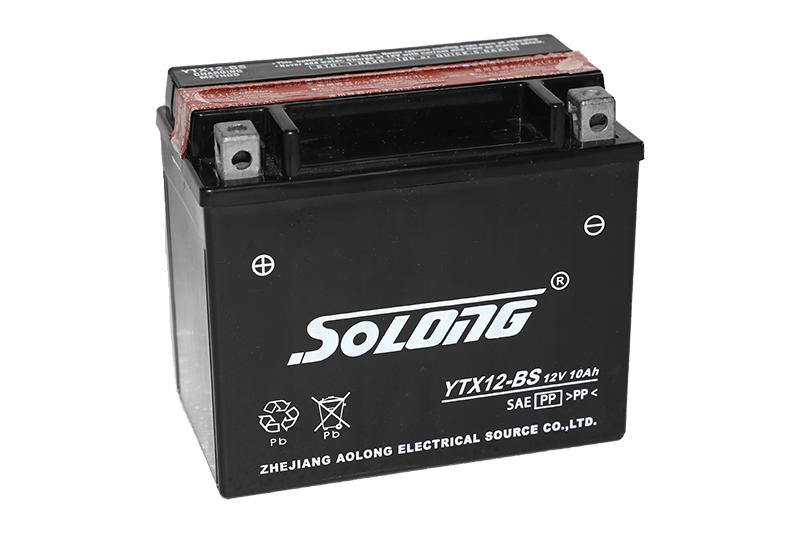

Lead acid batteries are commonly used in a variety of a […]
Lead acid batteries are commonly used in a variety of applications, including vehicles, backup power systems, and renewable energy systems. Here are some general steps for using a lead acid battery:
Charge the battery: Before using the battery, it should be fully charged. The charging process will depend on the type of charger you are using, but in general, you should follow the manufacturer's instructions and allow the battery to charge fully.
Connect the battery: Once the battery is charged, you can connect it to the device you are using it with. Be sure to connect the positive (+) and negative (-) terminals correctly, as reversing the connections can damage the battery and/or the device.

Monitor the battery: While the battery is in use, monitor its voltage and current to ensure that it is not over-discharging or overcharging. Over-discharging can damage the battery and reduce its lifespan, while overcharging can cause the battery to overheat and potentially explode.
Maintain the battery: Lead acid batteries require regular maintenance, including checking the fluid levels and cleaning the terminals. Be sure to follow the manufacturer's instructions for proper maintenance.
Dispose of the battery properly: When the battery reaches the end of its lifespan, it should be disposed of properly. Lead acid batteries contain hazardous materials and should not be thrown in the trash. Check with your local recycling center or battery retailer for information on how to dispose of the battery safely.
It is important to note that the specific steps for using a lead acid battery will depend on the type of battery and the application in which it is being used. Be sure to follow the manufacturer's instructions and guidelines for proper use and maintenance.